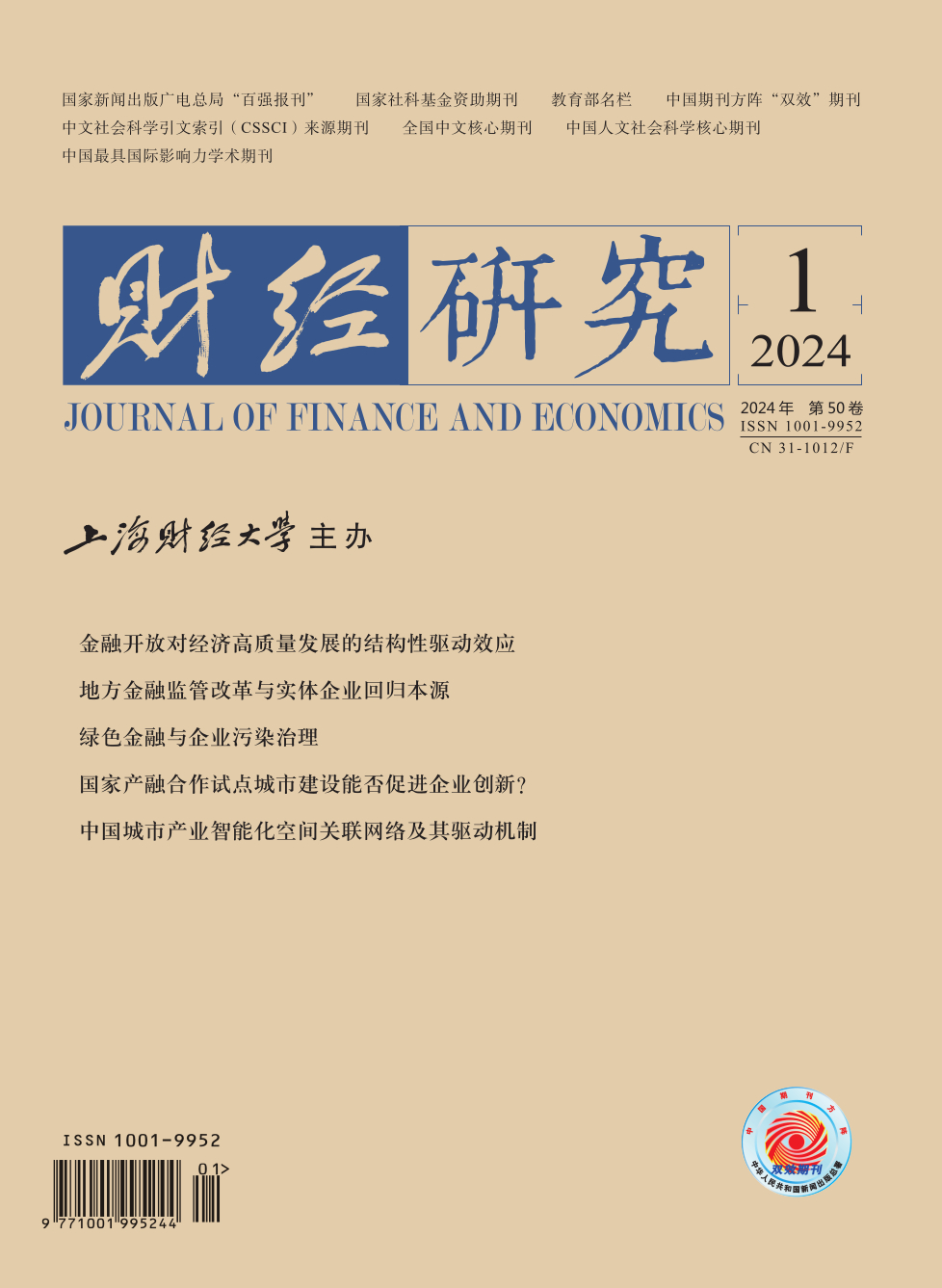China is in the process of deepening rural land system reform. Accurately assessing the impact of changes in the intensity of farmland property rights on agricultural labor productivity has important reference value for deepening land system reform in the later stage and introducing supporting measures to ensure the release of policy reform dividends. In view of this, this paper constructs a two-sector general equilibrium model based on the perspective of heterogeneous farmer capabilities, and theoretically analyzes and numerically simulates the strengthening of the structural relationship between farmland property rights and agricultural labor productivity. In addition, it conducts causal relationship identification testing and impact transmission mechanism analysis using mixed cross-sectional data from villages and households in the 2014 and 2016 China Labor-force Dynamics Survey dataset.
The conclusions of this paper are that: First, as the intensity of farmland property rights increases, the constraints of land management scale on high-capacity farmers gradually weaken, thereby reducing agricultural labor intensity and improving agricultural labor productivity. Second, land ownership confirmation is beneficial for improving agricultural labor productivity, and the impact effect increases with the improvement of farmer capabilities. Third, labor intensity plays an important role in strengthening the channels through which farmland property rights affect agricultural labor productivity, and this mechanism effect is regulated by farmer capabilities. Fourth, for villages without land adjustment and with agriculture as the core industry, as well as households adopting comprehensive mechanized production methods, strengthening farmland property rights has a more significant effect on improving agricultural labor productivity.
The marginal contributions are that: First, it reflects the fundamental reasons for factor allocation, and expands the theoretical model to better fit the reality of Chinese agriculture. Second, it incorporates land property rights, factor structure, and agricultural labor productivity into the same analytical framework, and considers heterogeneous farmer capabilities, providing a new perspective for evaluating the effect of deepening rural land system reform. Third, it compares the numerical simulation results of the theoretical model with the causal relationship identification test, and empirically tests the mechanism effect of the element structure.





 3944
3944  3932
3932

